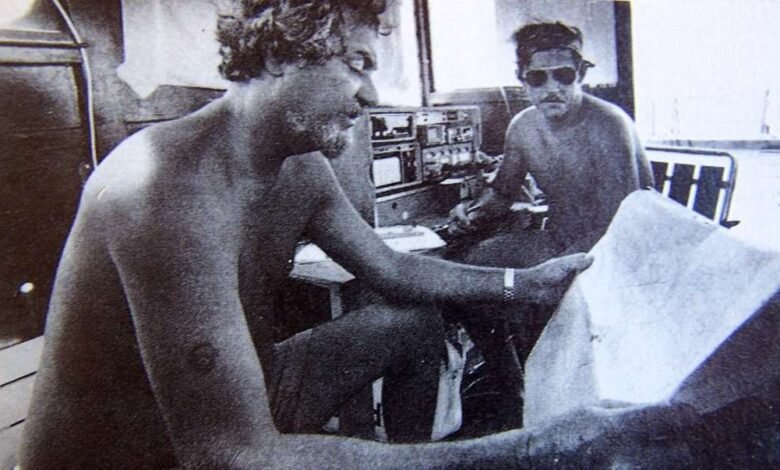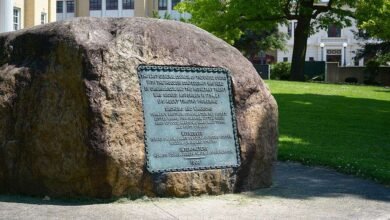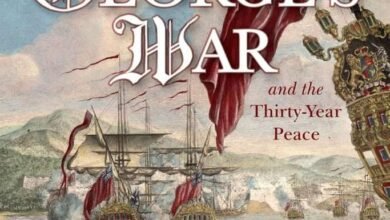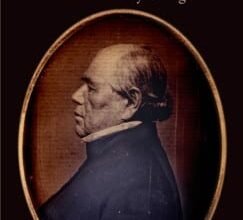Clive Cussler at the 1994 Shipwreck Weekend at Lake George


 Thirty-one years ago, noted novelist and shipwreck hunter Clive Cussler traveled from his residence in Colorado to speak at the 5th Annual Shipwreck Weekend at Lake George, held September 24–25, 1994. By then, Cussler’s Dirk Pitt novels were runaway best sellers.
Thirty-one years ago, noted novelist and shipwreck hunter Clive Cussler traveled from his residence in Colorado to speak at the 5th Annual Shipwreck Weekend at Lake George, held September 24–25, 1994. By then, Cussler’s Dirk Pitt novels were runaway best sellers.
His books up to that time were: The Mediterranean Caper (1973), Iceberg (1975), Raise the Titanic (1976), Vixen 03 (1978), Night Probe (1981), Pacific Vortex (1983), Deep Six (1984), Cyclops (1986), Treasure (1988), Dragon (1990), Sahara (1992), and Inca Gold (1994).
The first Shipwreck Weekend at Lake George was in September 1990. It was sponsored by the Lake George Historical Association and Lake George Bateaux Research Team, the latter an underwater archaeology group that I directed, which later became known as Bateaux Below.
The annual Shipwreck Weekend symposiums lasted six years. Proceeds went to purchase several blue-and-yellow historic markers that were erected around the Lake George shoreline.

 Because Clive Cussler was the keynote speaker at the 1994 Shipwreck Weekend event, that year’s conference was the best attended of the six. Two hundred conferees each paid a $10 entry fee.
Because Clive Cussler was the keynote speaker at the 1994 Shipwreck Weekend event, that year’s conference was the best attended of the six. Two hundred conferees each paid a $10 entry fee.
On earlier occasions in the early 1990s, I invited the Illinois native to address one of our Shipwreck Weekend conferences. He politely declined, citing conflicts with writing, public appearances, and of course, his notable underwater adventures.
Finally, in 1994, Cussler agreed to speak at Lake George. The author would be traveling on business to Italy from his home in Golden, Colorado. So, Cussler stopped at Lake George before crossing the Atlantic Ocean.
The night before he spoke with his talk’s title – “Old Ships I’ve Stumbled Across–Shipwreck Discoveries by NUMA’s Dirt Pitt and Clive Cussler” – the novelist signed book-after-book for eager fans at the Lake George Historical Association museum located in the Town of Lake George.
Other notable speakers at the 1994 conference included: Paul Matthias (Polaris Imaging, Inc.) –“Real Time Imaging on the Lusitania,” Garry Kozak (Klein Associates, Inc.) – “The Search for the Dean Richmond Shipwreck,” Martin Klein (Founder-Klein Associates, Inc. & President-Martin Klein Consultants) – “Technology in Support of Marine Archaeology: Past, Present and Future,” David Mearns (Oceaneering, Eastport Division) – “Conquering Ship and Aircraft Wreck Mysteries of the Deep – Full Ocean Search and Recovery,” and Kendrick McMahan, Bob Benway, Vincent J. Capone & Joseph W. Zarzynski (Bateaux Below, Inc.) – “Computerized Photomosaic of 1758 Land Tortoise Radeau Shipwreck.”

 The year after the 1994 Shipwreck Weekend, Clive Cussler’s trio of maritime archaeologists, led by Ralph Wilbanks, made their greatest discovery. After a grueling 15-year effort, in 1995, Cussler’s underwater explorers finally found the Confederate submarine H. L. Hunley, sunk off Charleston, South Carolina in 1864. The undersea craft went down shortly after sinking the USS Housatonic. The H. L. Hunley was the first submarine to sink an enemy warship.
The year after the 1994 Shipwreck Weekend, Clive Cussler’s trio of maritime archaeologists, led by Ralph Wilbanks, made their greatest discovery. After a grueling 15-year effort, in 1995, Cussler’s underwater explorers finally found the Confederate submarine H. L. Hunley, sunk off Charleston, South Carolina in 1864. The undersea craft went down shortly after sinking the USS Housatonic. The H. L. Hunley was the first submarine to sink an enemy warship.
It is still improbable to me that a celebrity like Clive Cussler would take time from a busy schedule to journey to upstate New York to speak. He was not paid for his speech. Further, all who attended dazzling talk certainly got their $10 worth.
On February 24, 2020, Clive Cussler, then an icon in the areas of writing novels and searching for long-lost shipwreck, passed away at the age of 88.
A version of this article first appeared on the Lake George Mirror, America’s oldest resort paper, covering Lake George and its surrounding environs. You can subscribe to the Mirror HERE.
Read about shipwrecks in New York State.
Illustrations, from above: Clive Cussler (left) and Ralph Wilbanks (right) during their search in Charleston, South Carolina waters looking for the Confederate submarine H. L. Hunley, that sank in 1864 (courtesy Ralph Wilbanks); Clive Cussler (promotional photo); Artist Conrad Wise Chapman’s painting of the H. L. Hunley Confederate submarine on December 6, 1863 (courtesy Conrad Wise Chapman).
Source link




